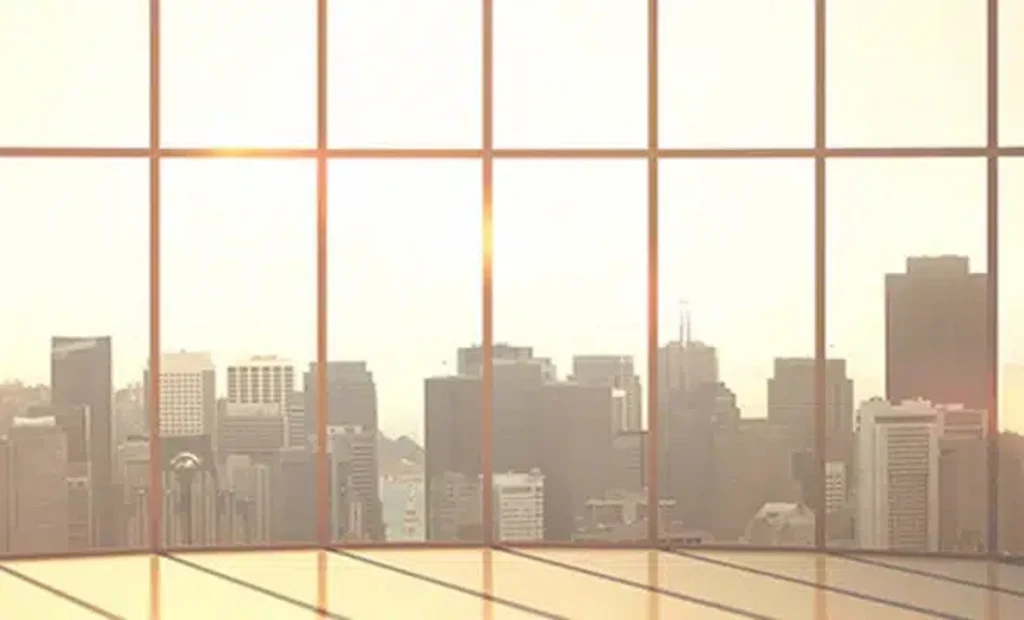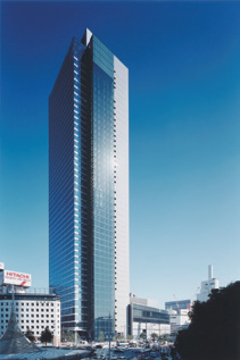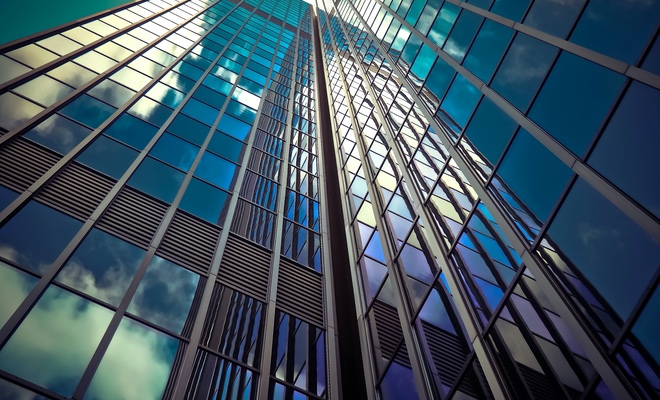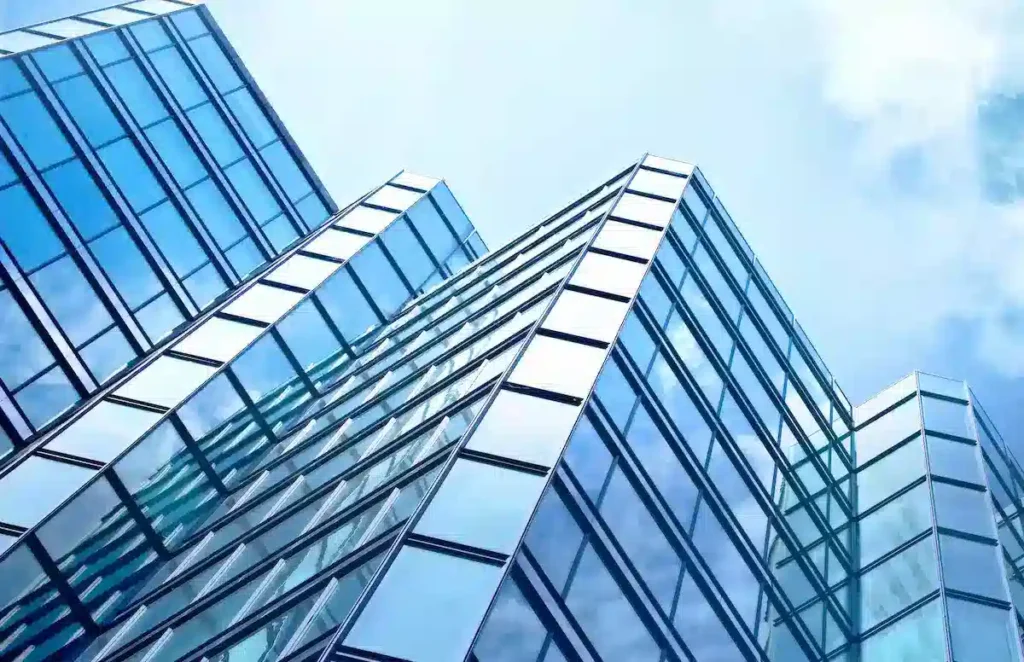
Building higher structures and more complex or aesthetic facades in a wide variety of climates requires innovative solutions, both from the design of a building and the materials applied.
Architects increasingly incorporate glass as it has a modern appearance and is very versatile. Glass has the essential property of being transparent and lightweight. When used in architectural designs, the challenge for glazing is to simultaneously protect the occupants the people and objects inside from the heat and UV rays without compromising the clear views.

Our highly innovative technology offers a specific solar PVB film solution for architectural purposes that reduces solar impact significantly. Laminated glass with S-LEC™ Solar Control Film provides several benefits.

Laminated glass with S-LEC™ Solar Control Film protects against 1,300 to 2,500 nm infrared rays, protecting the skin from burning due to infrared (IR). The absorptive property allows the film to cut over 99% of the UV rays.
Visible light transmitted through the glass maintains its brightness while the powerful heat insulation properties provide skin and temperature comfort. Within this range, we offer an L and H grade to suit a range of requirements.

Laminated glass with S-LEC™ Solar Control Film guarantees clear views and allows for excellent light transmittance with blocking IR. Whether you need to work, teach, cook, or craft, there is no obstruction from comfortable daylight filling the interior.

The Solar PVB interlayer for laminated glass developed by SEKISUI S-LEC, S-LEC™ Solar Control Film, adds to the insulation performance by a significant percentage. Buildings or rooms stay cooler on sunny days. This allows you to turn down the air conditioning unit and conserve energy.

Blocking UV rays in buildings and vehicles is essential to our health. S-LEC™ Solar Control Film L grade or H grade block UV and infrared rays effectively, which makes a building meet the modern standards for working, living, and relaxing.
In addition, S-LEC™ Premium UV Blocking Film UA01 can block 99.9% of UVA rays, which can be combined with solar control function.




SEKISUI S-LEC produces various PVB interlayers for architecture glazing, with solar being one of many solutions. Standard features include safety (anti-breakage) and security (anti-break-in) for any interlayer film type we develop. Options include sound and design. Most of our solutions can be combined into one film, guaranteeing their optimal transparency and benefits.
Within architecture, S-LEC™ Films can be applied to various buildings in the following forms:

SEKISUI S-LEC has a team of technical experts available in our multiple production sites around the globe to support you with the design phase of your product and offer you our assistance in developing a tailor-made solution that suits your aesthetic, insulation, and building requirements.
We invite you to contact us if you have specific needs for your architectural project. Let us know how we can meet the demands of future buildings.